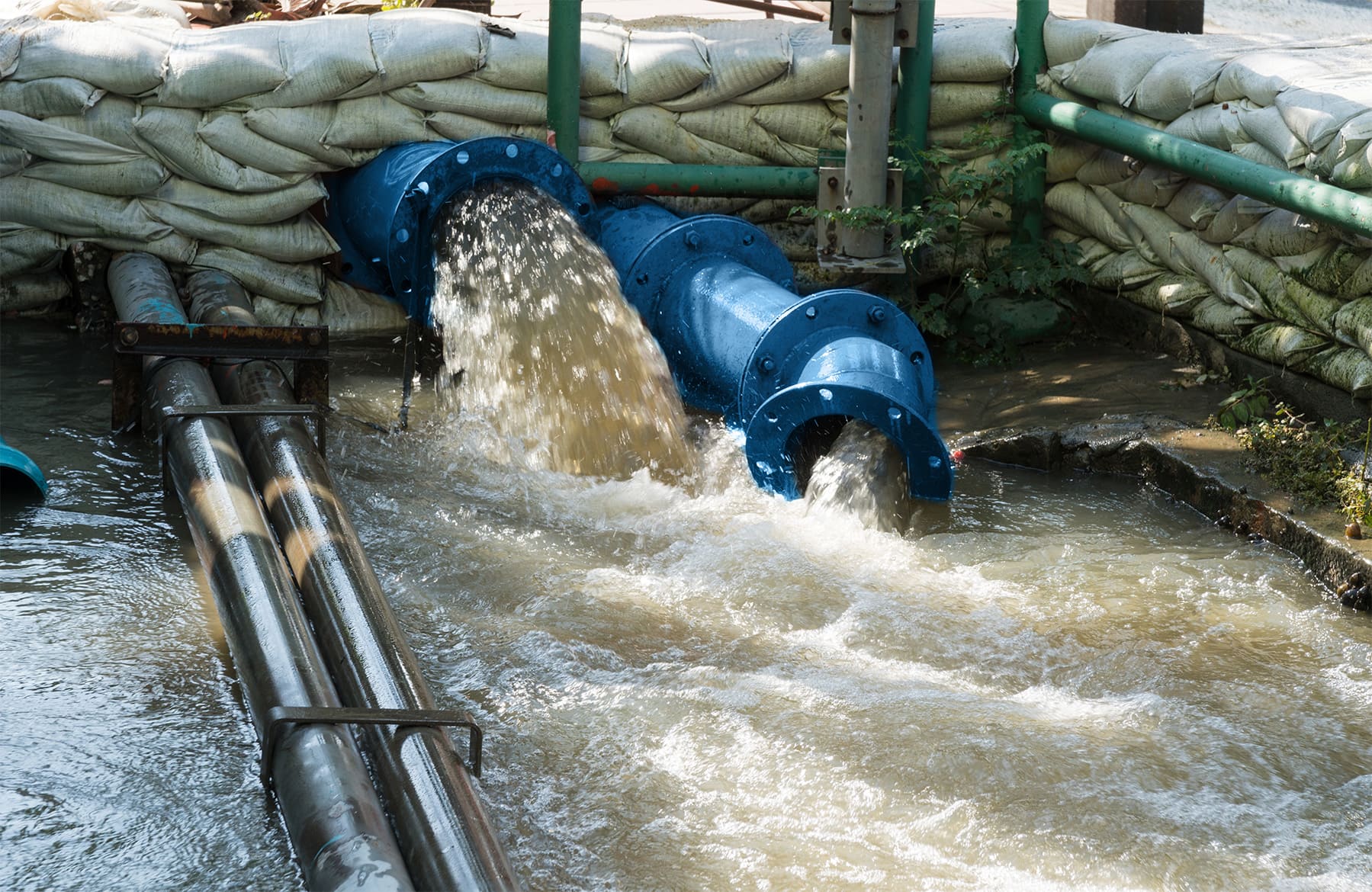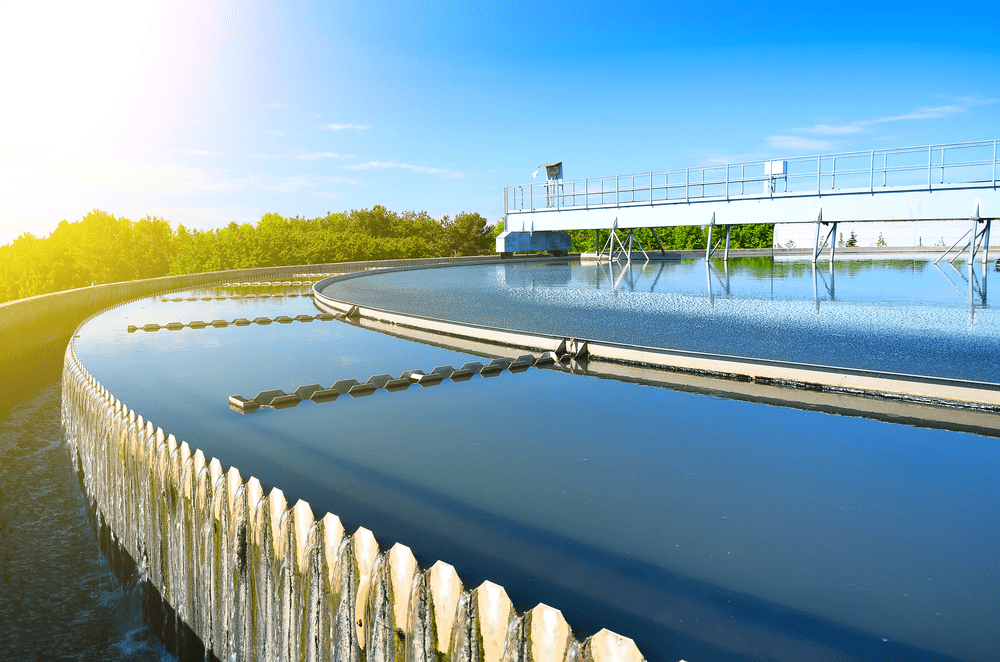Discover Exactly How Water Therapy Polymer Functions in Efficient Wastewater Treatment Equipments
The integration of water treatment polymers into wastewater treatment systems stands for a substantial advancement in improving operational effectiveness. These polymers operate largely through devices of coagulation and flocculation, successfully aggregating put on hold particles for much easier elimination. Their flexibility throughout differing ecological problems adds to enhanced sedimentation and reduced sludge quantity. Nonetheless, comprehending the particular kinds of polymers and their applications can reveal deeper insights right into enhancing therapy processes. What implications do these innovations hold for future wastewater monitoring approaches?
Overview of Water Treatment Polymers
The efficiency of wastewater management rests on the application of various therapy agents, among which water treatment polymers play a crucial function. These artificial or all-natural polymers are designed to improve the effectiveness of physical and chemical procedures in wastewater therapy systems. Their primary function is to facilitate the gathering of put on hold particles, ultimately improving the general top quality of treated water.
Water therapy polymers can be categorized right into several groups, consisting of flocculants, coagulants, and dispersants. Flocculants, for instance, promote the formation of bigger aggregates, or flocs, by linking smaller particles with each other. Coagulants reduce the effects of the fees of put on hold fragments, permitting them to find together and settle better. Dispersants, on the various other hand, are employed to stabilize fragments in suspension, stopping them from agglomerating.
The application of these polymers not only improves the removal of contaminants however additionally optimizes the functional effectiveness of therapy plants. Furthermore, the option of appropriate water therapy polymers is essential, as their efficiency can vary based on variables such as water chemistry, temperature, and turbidity degrees. Generally, water therapy polymers are important elements in modern-day wastewater management methods, adding to cleaner water and sustainable ecological practices.
Systems of Coagulation and Flocculation
Coagulation and flocculation are essential processes in wastewater therapy that embody the principles of particle communication and gathering. These systems are critical for getting rid of put on hold solids, colloids, and various other pollutants from water. Coagulation entails the destabilization of put on hold fragments, typically accomplished with the enhancement of coagulants such as metal salts. These coagulants neutralize the electrostatic costs that keep fragments apart, advertising first gathering.
Adhering to coagulation, flocculation takes place, characterized by the mild blending of water to motivate the formation of larger aggregates, or flocs. Throughout this phase, polymers play a significant function by linking between bits, improving the formation of these bigger aggregates. The physical and chemical interactions during flocculation result in an increased size and density of the particles, facilitating their succeeding elimination via Going Here sedimentation or filtration.
The efficiency of coagulation and flocculation procedures is influenced by numerous elements, including pH, temperature level, and the nature of the pollutants present. Recognizing these mechanisms enables the optimization of wastewater treatment systems, causing enhanced elimination performances and overall water high quality. Consequently, the cautious choice and application of coagulants and flocculants are necessary for effective wastewater administration.
Sorts Of Water Therapy Polymers
Often used in wastewater treatment, water treatment polymers are vital for enhancing the performance of coagulation and flocculation processes. These polymers can be extensively classified into three major kinds: anionic, cationic, and non-ionic.
Anionic polymers, which lug a negative fee, are especially reliable in dealing with wastewater with favorably billed pollutants. On the other hand, cationic polymers possess a positive charge and are commonly utilized in applications where adversely billed bits control, such as in specific industrial effluents.
Non-ionic polymers, lacking a charge, act as functional representatives that can boost the efficiency of both anionic and cationic polymers. Their key function involves increasing the thickness of the wastewater, therefore enhancing the overall retention time of the flocs in the treatment system.
Understanding the unique features of these sorts of water treatment polymers enables for the optimization of wastewater Learn More Here treatment procedures, eventually resulting in boosted removal effectiveness and improved water high quality.
Applications in Wastewater Therapy

In municipal wastewater therapy plants, water therapy polymers assist minimize the quantity of sludge generated throughout the treatment process. water treatment polymer. This decrease not only optimizes functional efficiency yet additionally decreases disposal expenses associated with sludge monitoring. In addition, polymers contribute in dealing with commercial effluents, where they assist in the elimination of particular contaminants such as heavy metals and natural pollutants, making sure conformity with environmental laws

Additionally, water therapy polymers are made use of in the enhancement of biofiltration systems, where they enhance microbial task and overall treatment effectiveness. Their role in membrane layer procedures, such as reverse osmosis, likewise can not be forgotten, as they add to membrane layer fouling control and lengthen the lifespan of purification systems. Via these varied applications, water therapy polymers are necessary for attaining reliable and sustainable wastewater management.

Benefits of Utilizing Polymers
The usage of water therapy polymers in wastewater systems supplies countless advantages that dramatically boost treatment effectiveness and total operational performance. These polymers act as effective coagulants and flocculants, advertising the aggregation of put on hold solids and facilitating their elimination. This process results in clearer effluent and reduces the worry on downstream therapy phases.
Additionally, polymers improve the dewatering procedure by enhancing the sedimentation attributes of sludge. This causes decreased volume and weight of waste product, inevitably reducing disposal costs. Their capacity to function throughout varying pH degrees and temperatures guarantees adaptability in various wastewater settings.
Polymers also add to the stabilization of biological processes by supplying nutrients and keeping ideal problems for microbial development - like this water treatment polymer. This strengthened microbial task aids in the break down of raw material, enhancing total treatment efficiency
Furthermore, using polymers can result in decreased chemical usage, reducing operational costs and ecological impact. By optimizing the treatment procedure and boosting sludge administration, water treatment polymers play a vital role in promoting lasting wastewater monitoring methods, aligning with regulative standards and environmental objectives.
Conclusion
In final thought, water treatment polymers are crucial for boosting the effectiveness of wastewater therapy systems. Their capability to facilitate coagulation and flocculation procedures leads to boosted sedimentation and reduced sludge volume, therefore enhancing treatment performance.